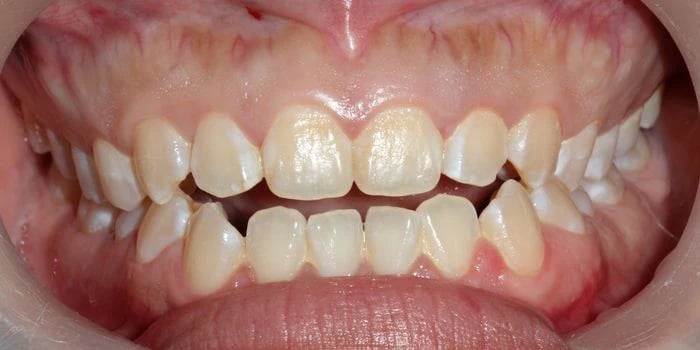Clear Aligners in Managing Periodontal Disorders: Aid or Complication?
Clear aligners have become a popular orthodontic solution for their aesthetics, convenience, and functionality. However, their role in managing patients with existing periodontal conditions, such as gingivitis or periodontitis, is a topic of growing interest. Recent research sheds light on whether these innovative devices can assist or complicate periodontal health.
Azeem Jameel
12/4/20243 min read


Clear Aligners in Managing Periodontal Disorders: Aid or Complication?
Clear aligners have become a popular orthodontic solution for their aesthetics, convenience, and functionality. However, their role in managing patients with existing periodontal conditions, such as gingivitis or periodontitis, is a topic of growing interest. Recent research sheds light on whether these innovative devices can assist or complicate periodontal health.
Understanding the Periodontal Landscape
Periodontal disorders like gingivitis (gum inflammation) and periodontitis (advanced gum disease leading to bone loss) present unique challenges in orthodontics. Misaligned teeth can exacerbate these conditions by creating areas prone to plaque buildup, making effective oral hygiene more difficult. On the other hand, improving alignment can potentially reduce these risks.
Clear aligners, with their removable nature, offer the promise of enhanced oral hygiene during orthodontic treatment. But is it that simple?
The Potential Benefits of Clear Aligners for Periodontal Health
Improved Oral Hygiene Access
Unlike fixed braces, clear aligners are removable, allowing patients to brush and floss without obstructions. Studies from 2024 emphasize that patients with clear aligners generally demonstrate better plaque control compared to those with fixed appliances.Alignment for Healthier Gums
By correcting malocclusions, aligners can reduce the areas where food debris and plaque accumulate, decreasing the risk of gingivitis and supporting periodontal health.Customized Treatment
Aligners can be tailored for patients with periodontal concerns. For instance, orthodontists can design movements that minimize stress on compromised periodontal structures, reducing the risk of further bone loss.
Challenges and Complications
Retention and Bacterial Proliferation
While aligners are removable, wearing them for the recommended 20–22 hours per day creates an enclosed environment. This can lead to increased bacterial activity, especially if oral hygiene is inadequate. Research highlights that poor aligner maintenance can exacerbate gingival inflammation.Excessive Force Application
Periodontally compromised teeth may not tolerate excessive orthodontic forces. Mismanagement can result in further bone loss or even tooth mobility. Advanced diagnostic tools, like CBCT scans, are essential for planning such cases.Patient Compliance
Success with clear aligners depends heavily on patient compliance. Patients who neglect proper cleaning routines may experience worsening periodontal conditions despite using aligners.
Recent Research Insights (2024)
Biofilm Dynamics
A 2024 study published in the Journal of Periodontal Research found that clear aligners, when properly cleaned, did not significantly increase biofilm formation compared to untreated teeth. However, neglect in aligner hygiene contributed to a marked rise in gingival inflammation.Adjunctive Treatments
Researchers have recommended combining clear aligner therapy with adjunctive periodontal treatments, such as regular professional cleanings, antimicrobial mouth rinses, and laser therapies, to manage inflammation effectively.Material Advancements
Advances in aligner materials now include antimicrobial coatings that help reduce bacterial growth on aligners. These innovations are especially beneficial for patients with a history of periodontal disease.
Best Practices for Clear Aligner Treatment in Periodontal Patients
Comprehensive Evaluation
Before starting aligner therapy, assess periodontal health with thorough examinations, including probing depths and imaging. Patients with active periodontitis must undergo periodontal treatment first.Collaborative Care
Orthodontists should work closely with periodontists to ensure a coordinated treatment plan that prioritizes gum and bone health.Enhanced Hygiene Protocols
Encourage patients to clean aligners regularly and maintain a strict oral hygiene routine, including the use of interdental brushes or water flossers.Regular Monitoring
Frequent follow-ups are crucial to monitor periodontal health throughout the treatment, making adjustments as needed.
Conclusion
Clear aligners can serve as a valuable tool in managing periodontal disorders when used with caution and proper planning. They offer significant benefits, including improved access for oral hygiene and a more conservative approach to tooth movement. However, the enclosed environment they create and the potential for misuse highlight the importance of patient education and interdisciplinary collaboration.
By integrating advanced periodontal care with clear aligner therapy, orthodontists and periodontists can provide comprehensive treatment that not only straightens smiles but also preserves and enhances periodontal health.

Connect
Social Accounts
+1 830 7451 586
Building 595, Block H3, Phase 2
Johar town, Lahore Pakistan
Address
Mail at:
Call at:


ClearCare Ortho offers premium-quality, exceptionally clear, and affordable orthodontic aligner treatments worldwide.
© 2023 Copyright ClearCare Ortho All Right Reserved.
info@clearcareortho.com
